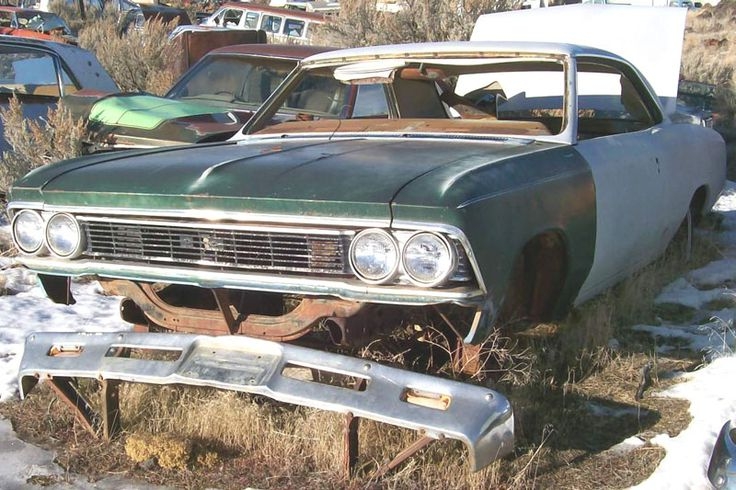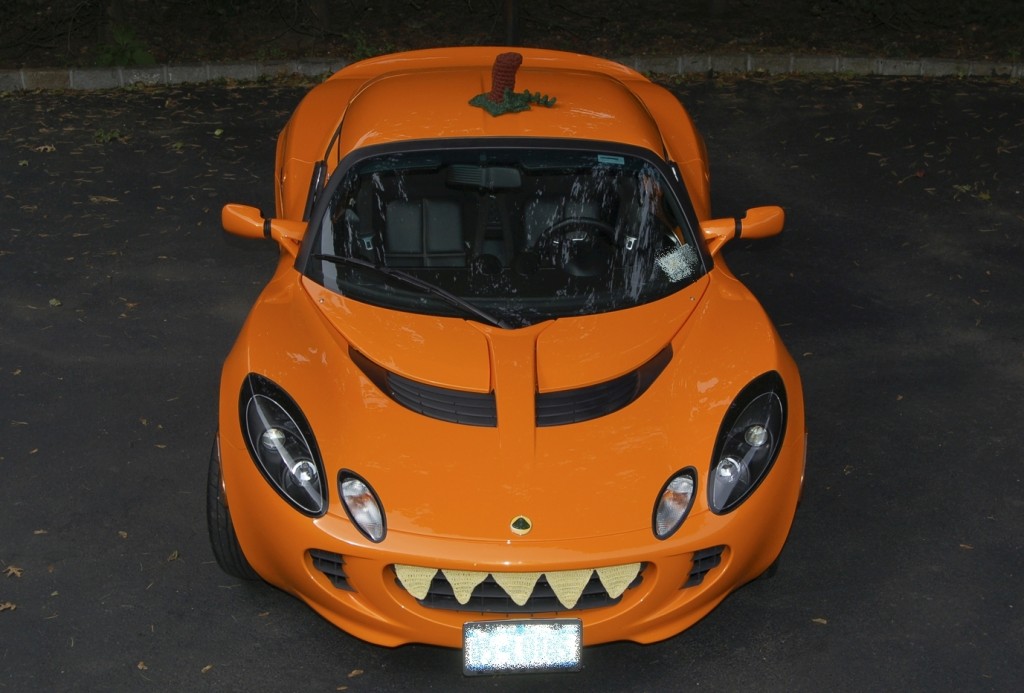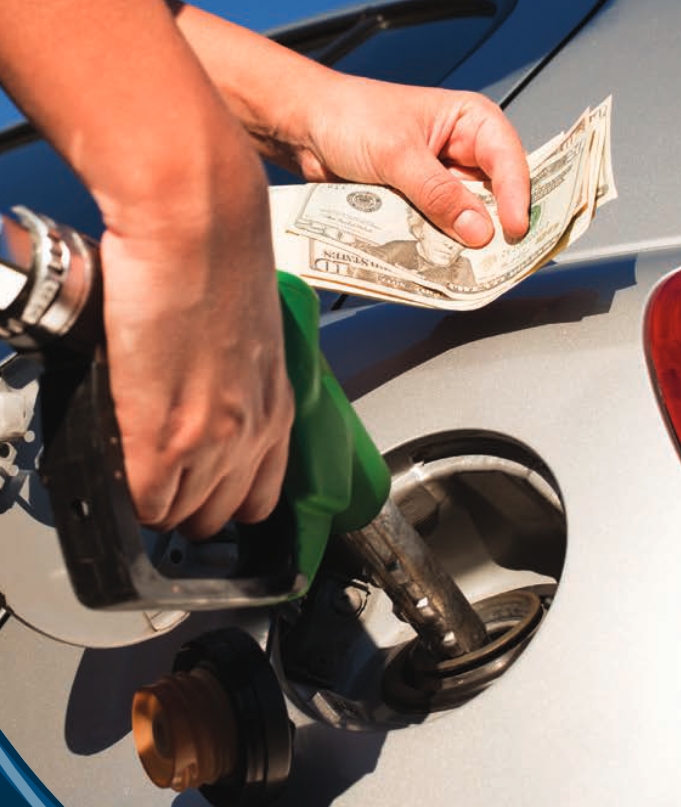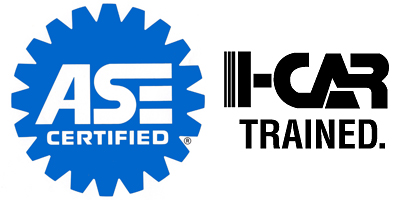Is there a legit but secret method of washing your car that will not cause damage to its paintwork?
PopularMechanics says…at the veryleast… avoid the gas station quick car washes with the big brushes. If you care at all about your vehicle’s exterior finish…they can do more harm than good. But a gold old DIY car wash at home will achieve the best results.
Most people that a wash and wax is the best way to keep their car shiny and clean. Their heart is in the right place, but there is much more to washing a car than those two things. Mike Pennington and Rick McDonough of Meguiars explain these steps as a proper way to wash your car and maintain a clean exterior.
- Evaluate the Condition of Your Vehicle
- Read the Label
- Washing Your Car
- Prepare the Surface
- Polishing for Extra Gloss
- Wax to Protect
- Maintain a Shine and Protection
- Wash the Windows
- Wash the Wheels
Here’s another viewpoint from the car enthusiasts TV show, FifthGear:





